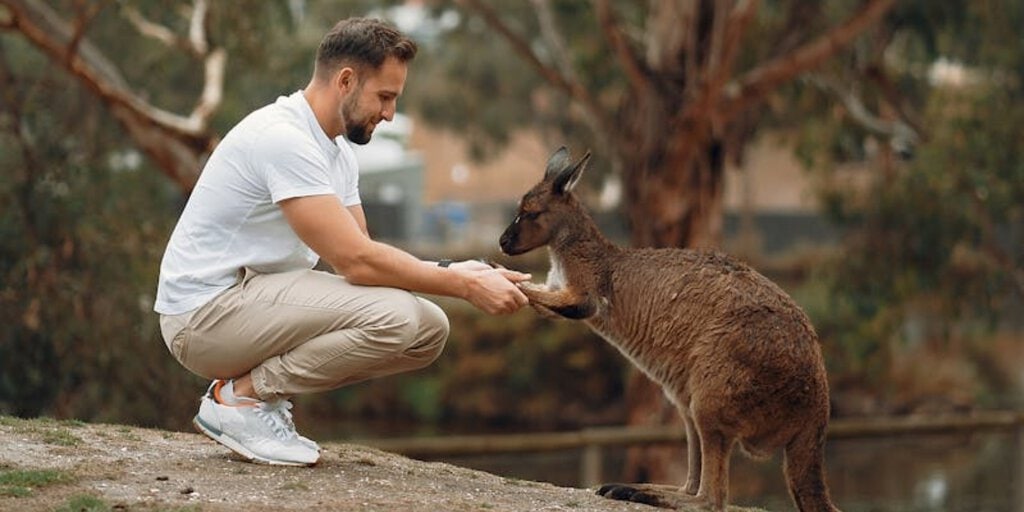Understanding the Urge: The Bladder’s Role
Ever wonder how your body knows when it’s time to head to the bathroom? The process is more fascinating than you might think. It all starts with your bladder, a muscular sac in your lower abdomen that stores urine. As your bladder fills up with urine produced by your kidneys, it begins to stretch and expand. This stretching is what eventually triggers the sensation that tells you it’s time to pee.

The bladder is lined with sensory nerves that act like tiny sensors, constantly monitoring the amount of urine inside. When the bladder reaches a certain level of fullness, these nerves send signals to your brain, alerting you to the need to find a restroom. This communication between your bladder and brain is a finely tuned system designed to keep your body functioning smoothly.
The Brain’s Command Center: Decoding the Signals
Once your bladder sends the signal, your brain steps in to process the information. The brain regions responsible for this include the brainstem and the frontal cortex, which work together to interpret the urgency of the signal. The brainstem receives the initial signal and evaluates whether the bladder is genuinely full. If the signal is strong enough, it gets passed along to the frontal cortex, which decides the appropriate time and place to relieve yourself.
Your brain’s ability to prioritize these signals is why you can hold it in when necessary, such as during a long meeting or while stuck in traffic. The frontal cortex assesses your current situation and decides whether it’s an appropriate time to pee. If it isn’t, the brain sends a message back to the bladder to hold on a bit longer, giving you control over when and where you go.
The Act of Relieving: Coordinated Effort of Muscles
When you finally get to the bathroom, a well-coordinated effort between your brain and muscles makes urination happen. The brain sends a signal to the bladder to start contracting and to the sphincter muscles (located at the base of the bladder) to relax. These sphincter muscles act like a valve, opening to allow urine to flow out of the bladder and through the urethra, exiting the body.

This process might seem simple, but it requires the precise coordination of multiple muscle groups and nervous system pathways. For most people, this system works seamlessly, but for some, medical conditions can disrupt these signals, leading to issues like overactive bladder or urinary incontinence.
Understanding how this system works can help you appreciate the complexity of something as routine as going to the bathroom. So, next time you feel the urge to pee, you’ll know about the remarkable series of events happening inside your body, ensuring you stay comfortable and healthy.
Why Kangaroos Might Pose a Threat to Dogs
Understanding Kangaroo Behavior
Kangaroos, iconic marsupials of Australia, are known for their unique behaviors, including their ability to box and kick as a means of defense. While encounters between kangaroos and domestic dogs are not uncommon in rural areas of Australia, the reasons behind kangaroos’ aggressive behavior towards dogs are often misunderstood.

Defense Mechanisms of Kangaroos
When faced with a perceived threat, kangaroos may resort to aggressive behaviors to protect themselves or their group. This can include boxing, kicking, and even attempting to drown perceived predators, such as dogs, by leading them into water. While kangaroos are typically docile animals, they can become defensive when feeling threatened, especially if they perceive a dog as a potential threat to their safety or the safety of their young.
Coexistence and Mitigation Strategies
To minimize the risk of confrontations between kangaroos and dogs, it’s important for pet owners to be mindful of their surroundings when walking their dogs in areas where kangaroos are present. Keeping dogs on a leash and under control can help prevent interactions with kangaroos and reduce the likelihood of conflicts.

Additionally, educating the public about kangaroo behavior and the importance of respecting their space can help foster coexistence between humans, dogs, and kangaroos. By understanding the reasons behind kangaroos’ defensive behaviors and taking proactive measures to mitigate potential conflicts, people can help ensure the safety and well-being of both domestic dogs and wild kangaroos in their shared habitats.